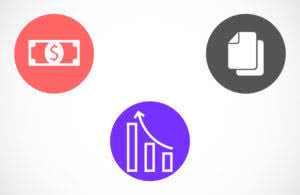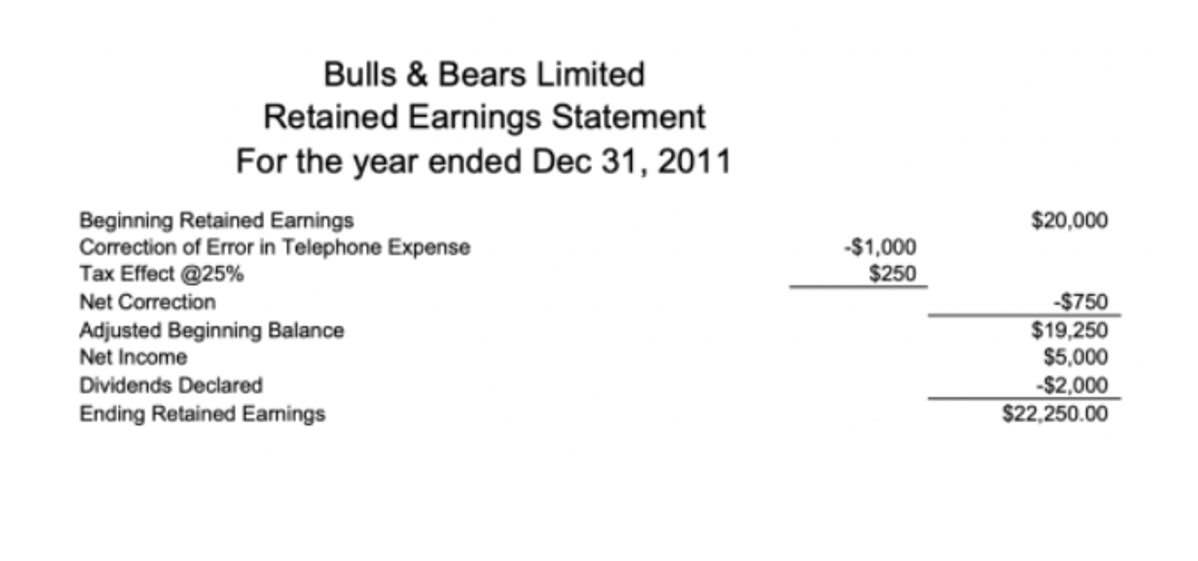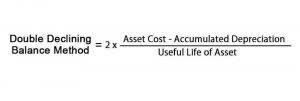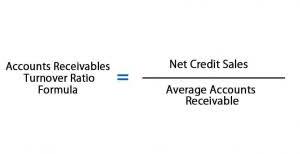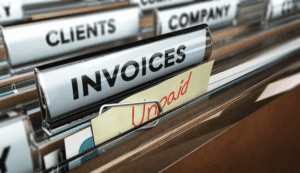
After all, bookkeepers will help you survive an audit by making sure your financial records are in order and your deductions are legal. Plus, anyone who has tried to manage the income and expenses of their own business knows that bookkeepers deserve some serious respect. Today any bookkeeper worth their beans uses some kind of software platform to track finances.
Bookkeeping
A QuickBooks Live bookkeeper can help ensure that your business’s books close every month, and you’re primed for tax season. Our expert CPAs and QuickBooks ProAdvisors average 15 years of experience working with small businesses across various industries. Your bookkeeper might also prepare other auxiliary reports for your business, like accounts payable and accounts receivable aging reports.
Consider earning a degree.
Small steps also give everyone time to familiarize themselves with the new bookkeeping software. If you’re new to business, you may be wondering about the importance of bookkeeping. Whether you outsource the work to a professional bookkeeper or do it yourself, you’ll be able to reap a variety of benefits. When selecting a bookkeeping style, business owners have several options. Learn how QuickBooks Live Expert Assisted can help you streamline your bookkeeping and free up time spent on finances. When comparing accountants and bookkeepers, know that an accountant may also be a bookkeeper.
- Accountants on the other hand, go through rigorous training and standardized exams to become certified public accountants.
- Bookkeepers help business owners manage their finances by documenting transactions, paying and issuing invoices, generating reports, and recording accurate financial data.
- Bookkeeping is just one facet of doing business and keeping accurate financial records.
- While a certificate is not a requirement to become a bookkeeper, some professionals pursue certification to show their skills to employers and stand out in their job search.
- The double-entry system of bookkeeping is common in accounting software programs like QuickBooks.
- Bookkeepers manage a company’s financial accounts, ensuring they are accurate and easy to review.
Top 5 Bookkeeping Apps for Business Owners
- Bookkeepers also deposit money, cash checks, and ensure correct credit card transactions.
- The most important parts of doing your own bookkeeping are staying organized and keeping track of the details.
- Therefore, you should consider the education opportunities discussed above.
- These courses focus on bookkeeping fundamentals to help improve bookkeeping knowledge and skills.
- These don’t require you to go to school or gain any special training, but they may be skills you’ll need to develop over time.
- Intuit is dedicated to providing its employees with the ability to learn and grow throughout their time with our company.
Column One contains the names of those accounts in the ledger which have a non-zero balance. If an account has a debit balance, the balance amount is copied into Column Two (the debit column); if an account has a credit balance, the amount is copied into Column Three (the credit column). The debit column is then totalled, and then the credit column is totalled. The two totals must agree—which is not by chance—because under the double-entry rules, whenever there is a posting, the debits of the posting equal the credits of the posting.
The evolution of bookkeeping
There are a lot of cheap bookkeeping courses online and a lot of free content too. You can find bookkeeping courses on standard bookkeeping work tools like bookkeeper meaning bookkeeping software and financial reports. To be an accountant, you generally need education requirements like a bachelor’s degree in accounting.
A bookkeeper can expect to earn a salary in the range of $30,000-$60,000 a year in the US. However, compensation will widely vary depending on the employer, location, and candidate experience. Bigger companies tend to offer better compensation for bookkeepers; this is largely due to the increased volume of transactions and data.

These don’t require you to go to school or gain any special training, but they may be skills you’ll need to develop over time. In addition to moving up into higher-level positions, remote QuickBooks Live bookkeepers may also be able to enter into the tax domain by completing Intuit training and certification for taxes. Intuit is dedicated to providing its employees with the ability to learn and grow throughout their time with our company. Once candidates are hired as employees, they will be provided with training assignments and other resources that prepare them for their positions.
- Others, like payroll, can be outsourced to independent companies that specialize in the task.
- When it’s finally time to audit all of your transactions, bookkeepers can produce accurate reports that give an inside look into how your company delegated its capital.
- Bookkeeping is a part of the accounting process that involves recording financial transactions.
- If you’re interested in a career as a bookkeeper, consider taking a cost-effective, flexible course through Coursera.
What is bookkeeping?

What’s it like to work as a Front Office Expert or Back Office Expert for QuickBooks Live? Watch the videos to find out what a day in the life is like for our Intuit bookkeeping experts. For example, note which software you want a candidate to be familiar with–including general programs that your office uses. By staying up to date with your bookkeeping throughout the year, you can help alleviate some of the stress that comes with filing your taxes.

Utilization of Accounting Software
The average salary for a bookkeeper in the United States is about $43,000 per year. However, some bookkeepers can earn less (around $37,000) or more ($50,000 and above) depending on their bookkeeping skills, experience, location, niche, and the quality of their clients. If you’re interested in an analytical, business-minded career, becoming a bookkeeper (especially a virtual bookkeeper) might be the right choice. And with no requirements for special certification and education, there are almost no downsides to seeing if it’s a good fit. Once you’ve learned how to become a bookkeeper and have two years of work experience, you can become a certified bookkeeper.


